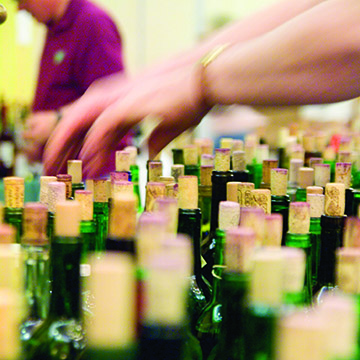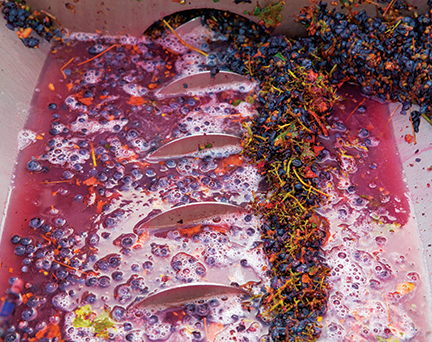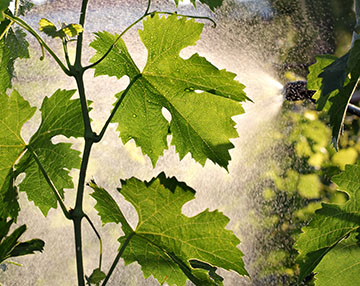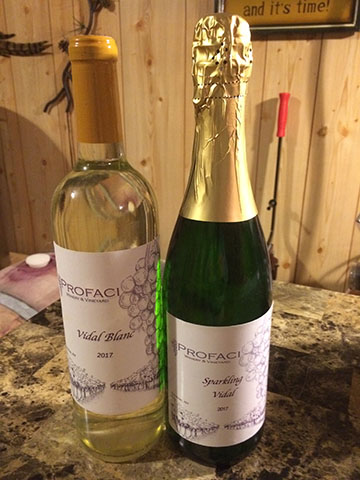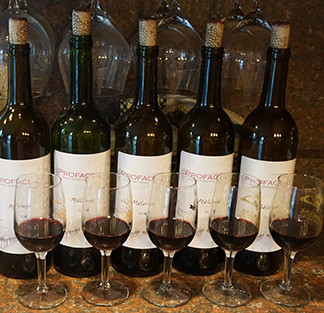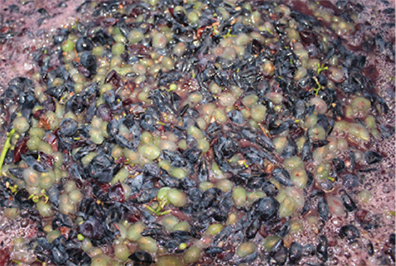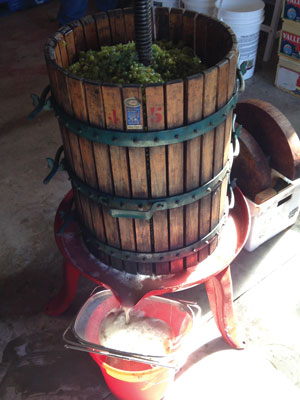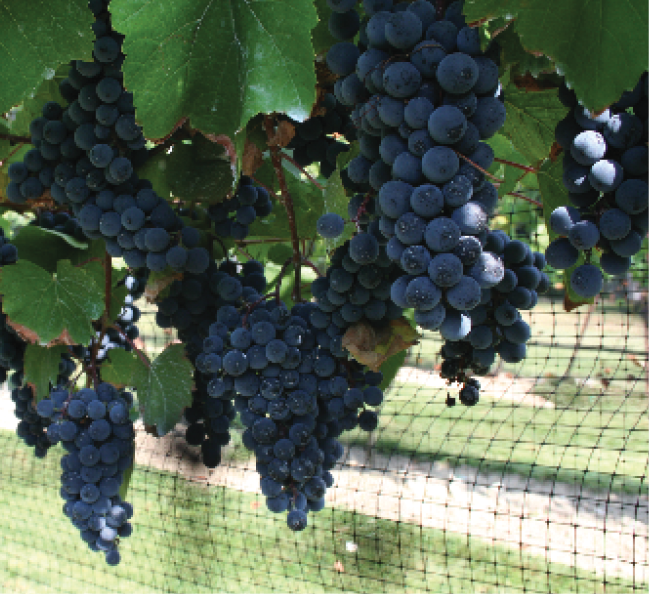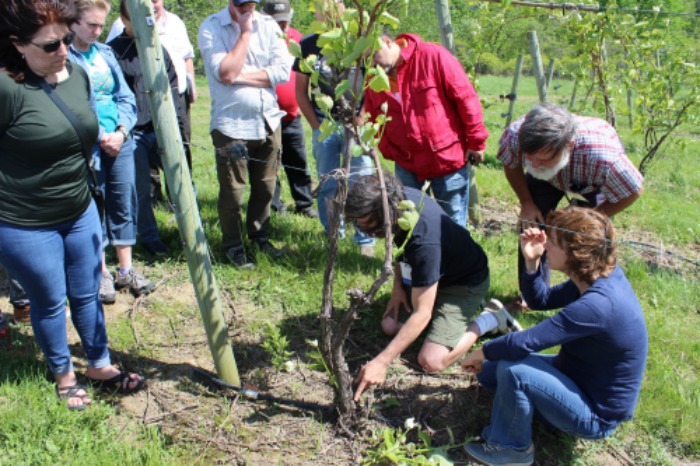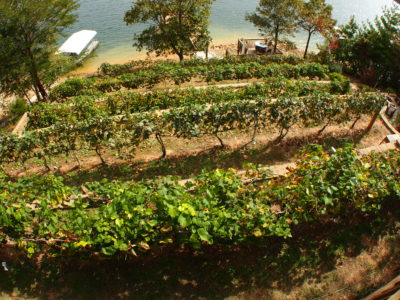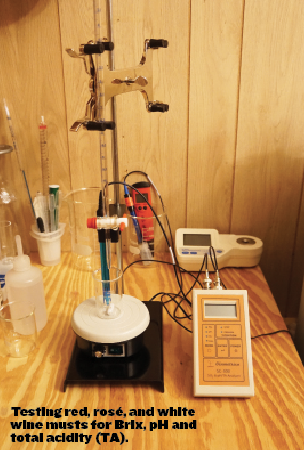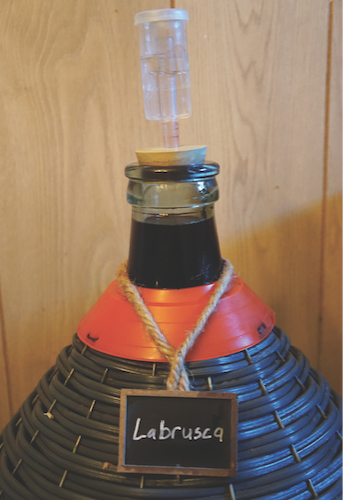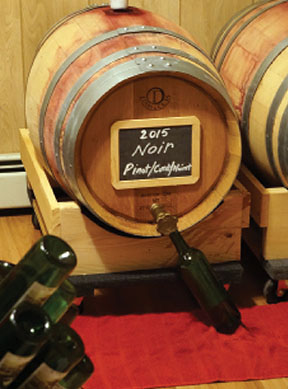Writer: Dominick Profaci
Finding the Right Closure
After dedicating as much time as we do making a batch of wine, the final step of putting a closure on the bottle can’t be overlooked. There are many options from natural, agglomerated, colmated, and synthetic corks, to screw caps, to name a few. Learn the pros of each option to ensure you find the right closure to fit your next batch of bottles.
Go Big at Home
Firstly let me define what I mean by “big batch” for this discussion. Let’s say a big batch is anything larger than a 6-gallon (23-L) carboy of wine. Many home winemakers begin
Devise a Home Vineyard Spray Program
So you have decided to elevate your hobby to the point of growing your own fruit for winemaking? This is a huge step that should not be taken lightly. Once you plant
One Grape, Many Styles
There are many reasons that 10 wines made from the same grape may taste completely different, and often it is because the winemaker planned for them to. Learn about how the location a grape is grown, as well as the decisions a winemaker must make, impact the outcome of a wine.
Single-Batch Bottle Variability
If you’ve ever opened multiple bottles of wine made from the same batch and noticed they don’t taste identical, then you, too, have experienced bottle variability. Learn the potential causes and ways to alleviate variability among your bottles.
Field Blending
Blends are most often made from varietal wines prior to bottling, but field blending, where all of the varieties are harvested and fermented together, has its own benefits.
A Year in a the Life of a Wine: Part II (Grape Processing)
A look at processing grapes after harvest.
A Year in a Home Vineyard
Grapevine Dormancy The beginning of the calendar year in my Hyde Park, New York home vineyard is when the vines are in dormancy. This is a period of time when the grapevine
Starting a Winemaking Club
So you truly enjoy making your own wine. You’ve been making wine for years, or maybe have just made a couple of wine kits. What’s next? Where might you learn more or
A Year in the Life of a Wine: Part I Starting in the vineyard
In the first installment of our new year-long series of how a homemade wine is made from homegrown grapes, we check in with the grapes at a most critical time — harvest.
Year in a Life of a Wine: Part III (Testing & Adjusting)
In the third installment of our year-long series about how homemade wine is made using home-grown grapes in Upstate New York, we check in on batches of red, white, and rosé wines happily fermenting away.
Year in a Life of a Wine Part V (Cellar Work)
In the fifth installment of our year-long series about how homemade wine is made using home-grown grapes in Upstate New York, the wines are put through malolactic fermentation and cold stabilized.
Year in the Life of a Wine: Part IV (Good Fermentations)
In the fourth installment of our year-long series about how homemade wine is made using home-grown grapes in Upstate New York, it’s time to check on finished fermentations and prune the grapevines.
Year in a Life of a Wine Part VI (Bulk Aging and Bottling)
In the final installment of our year-long series, the wines are bulk aged, oaked, and bottled.
